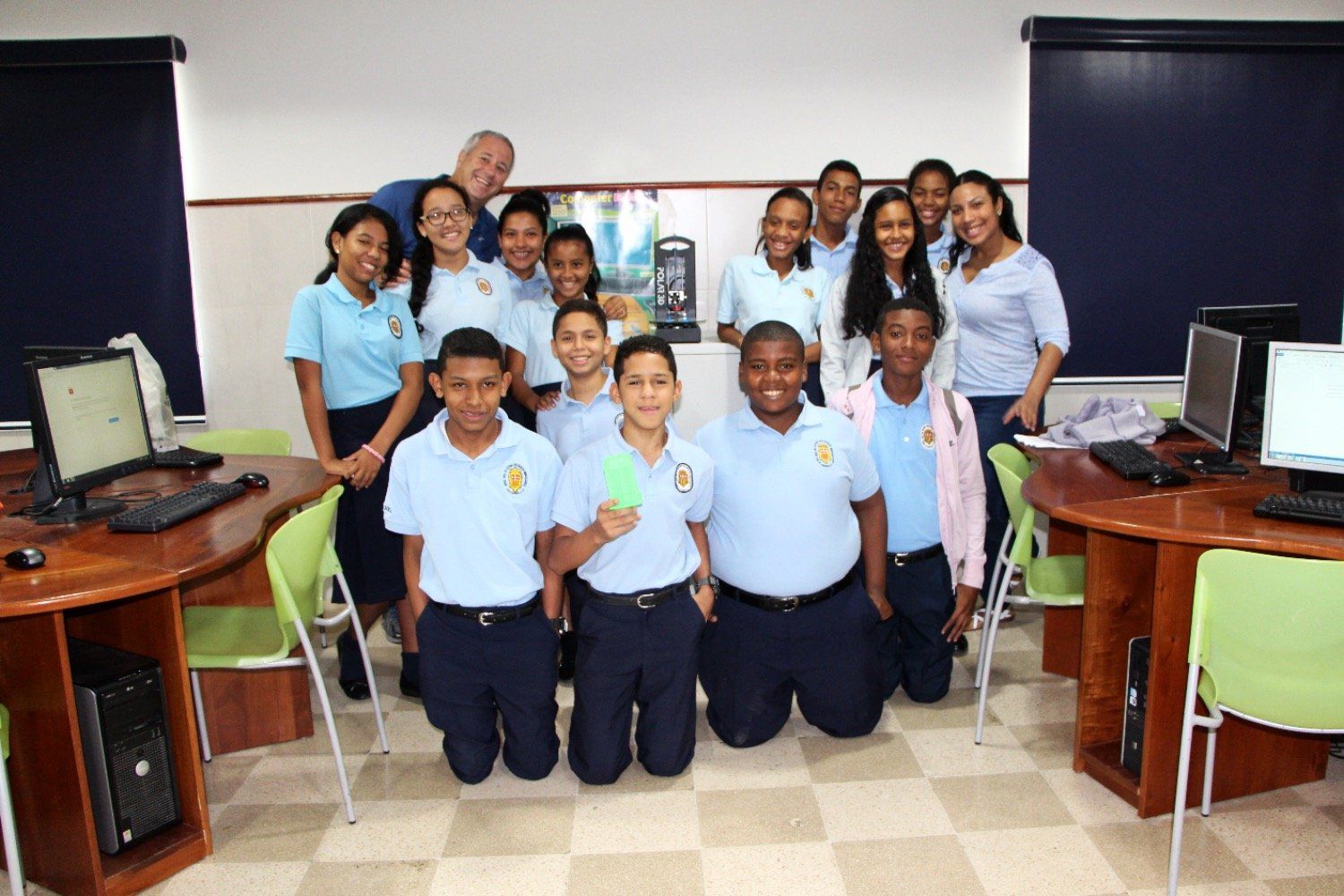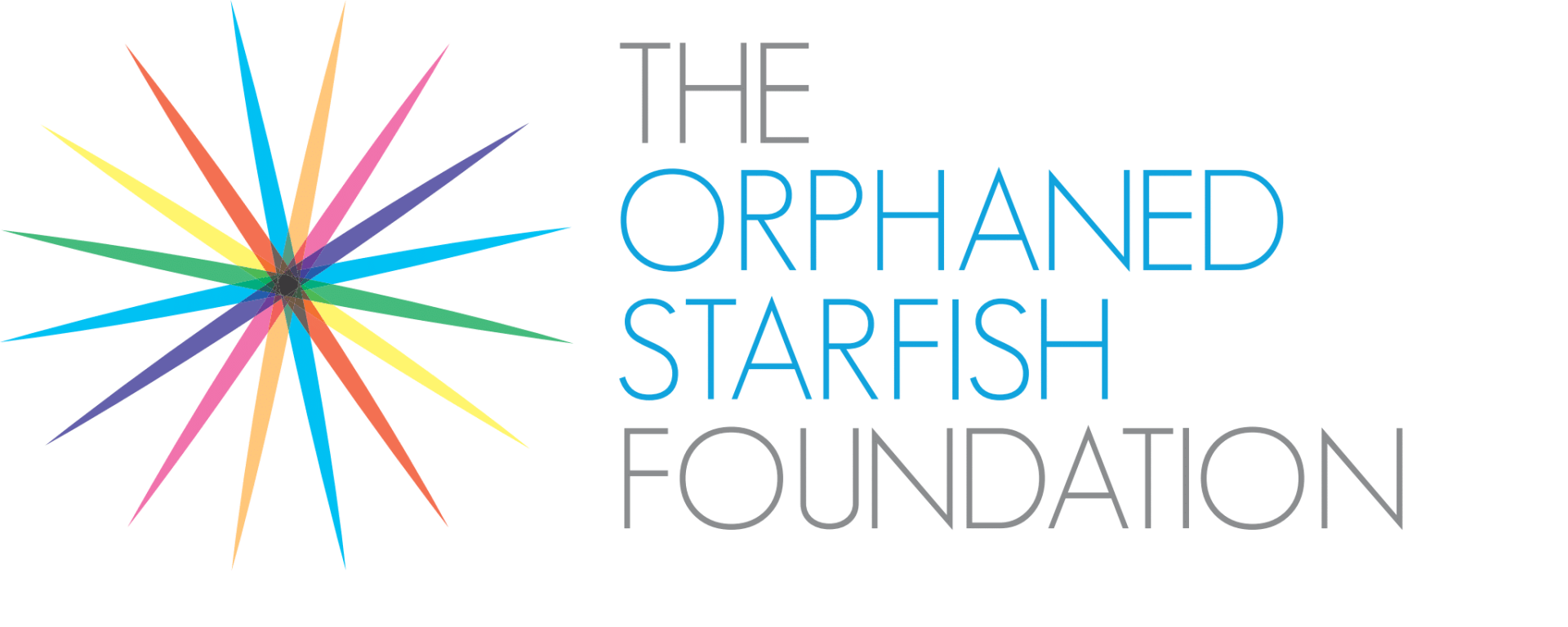Determination, Friendships & Firsts - Panama & Costa Rica
PANAMA

Bejuco, Panama: This is truly the most beautiful setting for any program of Orphaned Starfish. Set in the mountains of Panama, with fantastic vistas, sits a church, a farm, and several homes for the most impoverished children of the Panamanian countryside. The children come from miles away, taking all forms of transportation, to arrive at this paradise where they live for the year, getting home only every 15 days for a two day break. They are mostly indigenous and keep their language, their customs and their dress as tributes to their families and their ancestors.
We are greeted, as we have been for eleven years, by the a loving nun who has watched over these children for more years than she will admit. The setting is one of love and learning and our computer center is at the nexus of that.
We enter the computer center to have all the children in a semi-circle, presenting us with what they have learned, what they are learning, and what more they would like to learn (programming, web design, robotics). The oldest is graduating in December and wants a career in computer science, along with some of her friends. This career path would be unheard of without our work and in her village.
Before we leave, and after the mandatory magic show, the children have prepared performances for us. In native costumes, they dance and sing, they read poetry, they give us the gift of their culture and there is not a dry eye in the house,

Malambo, Panama: This was the third program ever for Orphaned Starfish, after Chile and Brazil, and was introduced by my good friend, and the only Miss Universe from Panama, Justine Pasek. It is well known in the country as one of the top orphanages, recently only focusing on girls and young women. The computers are all being used to capacity, complete with Rosetta Stone English language, and several of the girls practice their English with us. They loved the magic, of course, and the balloons. As their thank you, they were most excited to take us to the farm to see the largest pigs you have ever seen and to climb trees for mangoes.

Eleida: I want here to tell the story of one girl. She comes from the most dangerous part of Panama, the Darien Peninsula. Her home is a three day journey, mostly by boat, through the peninsula until you get to her village. She is indigenous and speaks the language of her village and has been learning strong Spanish. She, like so many in those communities, was a victim of abuse and had only been at the orphanage for less than a month, her scars still healing. You have never, I mean never, watched someone scale a mango tree like Eleida. Effortlessly climbing, jumping from branch to branch, it was a thing of beauty.
When we returned with our mangos, we offered to buy pizza for the girls. Eleida’s eyes lit up with joy and wonder: she had never had pizza before. In what has to be Domino’s next commercial, Eleida was introduced to her first slice of pizza (and her second, and her third) . Her friends said she had only ever eaten fruits and vegetables, and that they were so excited for her. In fact, with one slice left, they wrapped it and gave it to her. Needless to say, she is now a typical teenager, loving the ‘za. She loves the computers, can’t wait to learn, and will be a success in the future thanks to OSF.

Chorillo, Panama: When the US forces came for Noriega, they came to Chorillo, the poorest and most dangerous neighborhood in Panama City. They leveled the area (there are still pictures of the devastation in the site of our program).
Hogar Fatima is a program that helps the poor of the community learn, helps the children gain training for the future and provides scholarships for university. Before heading to our computer center, it was a quick stop to the younger one’s music class for the obligatory magic show (they were sooooooooooo loud with their Abracadabra Pata de Cabras chants) and then their singing us their morning songs. There is no better start to a day than hearing them and then being attacked during the pictures.
Our center is stunning in Fatima. Six desks of four to six computers in almost an octagon shape where you watch them interacting with each other as they compare notes on their homework project: nutrition. Using the internet, they are discovering that fast food and some of the less nutritious dishes they eat each day are not as good for them as they thought. They are preparing presentations to their fellow students on the benefits of healthy eating.
This is our first ever program with a class in 3-D printing. The kids could not wait to show off their various projects, though my favorite was the Dr. Who telephone box (they knew I was a fan). They are so excited to have cutting edge technology and will continue to do everything they can to succeed.

Hogar San Vicente, Colon: There is a dance called Congo. The girls here are mostly indigenous and mostly from tribes on the coast and in Darien. They love to show us their various languages, dresses, culture and dance. Congo is a dance I have been dancing for eleven years. Best way to describe it is that the girls are bullfighters and I am the bull. The meaning is that men would be aggressive towards getting their women, but the women were strong enough to fend them off until they chose who they wanted. Basically, it is just Andy stooped over and dancing towards each girl as they spin their dresses and drive me off. I dance poorly and there is much laughter.
There are presentations after with all they have learned on the computers, reading of poetry, reading of words of thanks, and just a true feeling that we are making a difference in their lives. During one skit, they each held up signs and, I must say I got a little verklempt when one girl proudly held a sign over her head “ Dear God, Please Bless Mr. Stein and his Family”
Adriani: Adriani is now a beautiful 18 year old young woman who we will help with her scholarship. She came to be honored at our Annual Gala ten years ago. One memory, which I will always carry, was her looking up at me when we were taking a cab to an activity and saying “Will you please be my father”. I explained of course that I am Tio to all the kids, but that I would always be there for her. Next year, she will be a scholarship recipient.
We had a day between when we left Panama and when we could visit the programs in Costa Rica. As I take pride in seeing as much of a country as possible, we took the opportunity to see the Kuna Indians and the islands of San Blas, which they control as an autonomous region. If you ever have the chance, this is nature at its most beautiful with palm covered islands and crystal blue water in the middle of nowhere. Great memory of the kids on one of the island, after learning my name, calling “Andi” every time they saw me.
COSTA RICA

Alajuela, Costa Rica: The program name is Posada de Belen and the program is named for the barn that Joseph and Mary had to stay when they had their baby. This is a home that is beyond special, a home to 45 girls and young women who were victims of abuse and had babies from that abuse. When you first arrive, you expect the girls to be 16, 17, 18 years old. While there are some of those, the majority are 10, 11, 12 years old with babies of their own. Truly babies with babies. One girl was nine years old with a newborn. This haven watches the babies, infants and toddlers while their mothers go to school and learn various careers to help them provide for themselves and their families.
I am so very touched that my sons (and their girlfriends) took time away from their Spring Break and jobs to join us with these girls. They have spent their lives growing up visiting orphanages and homes for abused children, and it is truly a joy to see them effortlessly (well, except for language) interact with these girls and their children.
What I also love about Posada is that they give girls responsibility to be on their own as well. Part of our donation was computers in a sort of community center on the site where the girls, unsupervised (though with firewalls to prevent Facebook ) can do their homework at their own schedule.
We would come back again to Posada de Belen, to see their rooms where the girls sleep four to a room, along with their children, to truly bond with their children and their “family” here. What is remarkable is that many of these girl’s children come from such a difficult beginning, but the love and caring they have towards their children is something that you would want to see in every mother.

Heredia, Costa Rica: And we end with fun. This program, Nuevos Oportunidades, is run by the most energetic, fun, magical woman named Ana Gamboa. She gave up her homes to orphans and victims of poverty in the area and set aside the largest room in the largest home for our computer center. These children are some of the brightest in our network, several speaking to us in English that they just learned, and their teacher is so proud of their progress. We also get to finally play some soccer with Josh’s team kicking our butts. It is beyond fun as the field is like an obstacle course (trees, a swing set, a storage set) and the angles off the obstacles make for crazy play. The day ends, as many days do, with dozens and dozens of balloons and dozens and dozens of smiles as the sun sets.


Next Blog Post: The Favelas of Sao Paulo and Rio de Janeiro
THANK YOU FOR SUPPORTING OSF. YOU ARE NOT ONLY CHANGING LIVES, YOU ARE NOW SAVING THEM AS WELL.
Please continue to give at www.osf.org/donate
Recent Blogs





